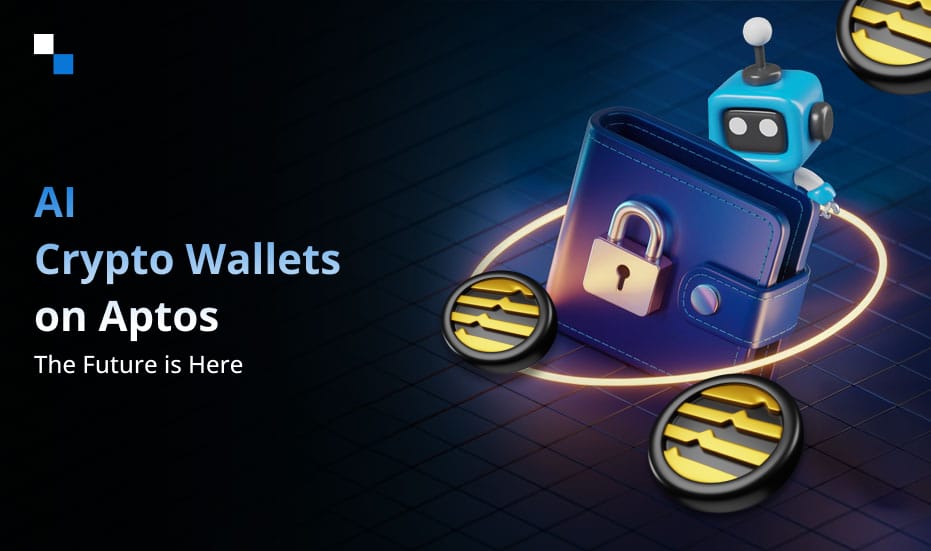
Integrate Off-chain Data with On-Chain Logic Using Hybrid Smart Contracts
October 22, 2024
Understanding Carbon Credit Tokenization: A Pathway to Sustainability
October 24, 2024On-chain wallet solution has appealed users through an effortless transaction experience while enabling businesses to embrace the power of blockchain technology but how exactly does it achieves that.In this guide,we will delve into how on-chain wallet solution facilitates smooth transaction process.
Let’s Begin!
What are On-chain transactions

On-chain crypto transactions occur on the main Blockchain. They are validated, recorded, and approved by the blockchain network. For instance, if you want to transfer Bitcoin to another user through your wallet, the transaction performed by Bitcoin will be an on-chain transaction. For effortless transaction execution, you need a trustworthy white-label wallet tailored by on-chain wallet development teams based on users’ preferences and business vision.

Spotlighting the Types of On-Chain Crypto Wallet
On-chain wallet solutions have been divided into diverse types, each one serving a different purpose. It is important to gain insights into every wallet type to make an informed decision, so let’s begin:
1. Hot & Cold Wallet
Hot & cold wallets can be distinguished from each other based on their internet connection. Hot wallets are connected to the internet and accessed by those and provide convenience to those engaged in trading or daily transactions.
2. Custodial & Non-Custodial Wallet
Custodial and non-custodial wallets are another major wallet category within the crypto domain.They are available both as custom and on-chain white-label wallet solutions. Custodial wallets are managed by third-party providers like exchanges or wallet services, while non-custodial wallets are managed by the wallet owner.

Compelling Advantages of On-Chain Crypto Wallet
The on-chain white-label wallet solution offers compelling benefits to both businesses and users. Let us navigate each one of them:
- Unrivalled Security
One of the wallet’s most significant advantages is that it offers the highest levels of security.The transactions are validated via mining or consensus, making it difficult to conduct fraudulent transactions.
- Complete Private Key Control
The solution allows users to have complete control over their private keys. The responsibility is handed over to the users. Losing private keys means losing access to the funds.
- Accessible across Multiple Chains
They can be accessed through multiple Blockchains, enabling users to manage cryptos through a single interface. This improves convenience and prevents users from switching to multiple wallets to perform transactions.
On-Chain Wallet Solution: Features Enabling the Smoothness of the Transactions
The smooth wallet transactions have been facilitated by several key features that have been uncovered below:
- Direct Blockchain Interaction
White label on-chain wallet processes transactions directly through Blockchain. This minimizes delays and enables speedier performance.
- Real-Time Tracking & Notifications
Users can receive real-time notifications on price movements and transaction confirmation on the platform. This helps them jump on prospects as they appear.
- Exchange Integration Potential
The wallets are integrated with in-built exchanges, fostering direct swaps through the wallet’s interface. This streamlines the trading process and prevents delays.
- Multi-Chain Support
These platforms support multiple Blockchains, which expands users’ options while greatly reducing their transaction time.

Case Studies of Successful On-Chain Wallet Solution Implementations
On-chain wallets serve various purposes and are opted for based on components like security, speed, and cost analysis. On-chain transactions are known for their top-notch security and transparent process. One significant example of an on-chain wallet solution is Ledger Nano S & Trezor.
Conclusion
The blog has provided a foundational understanding of how on-chain wallet solutions facilitate swift transactions. As the space grows, it is essential for investors and businesses to stay informed to maximize their potential.



